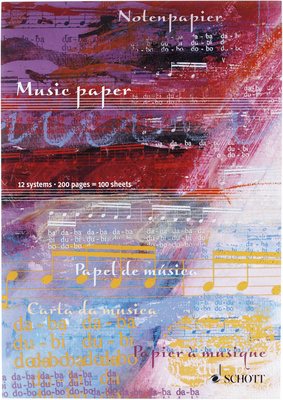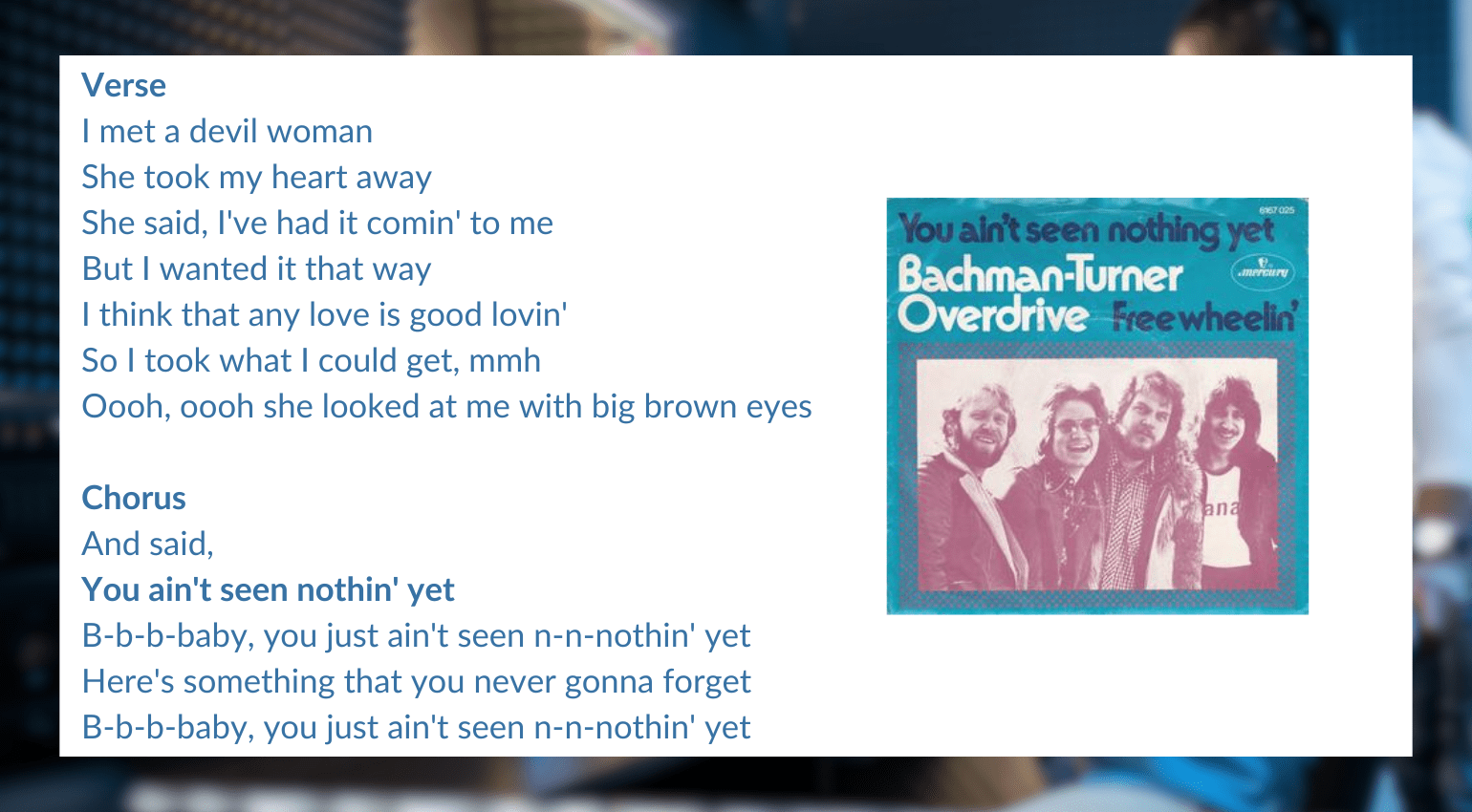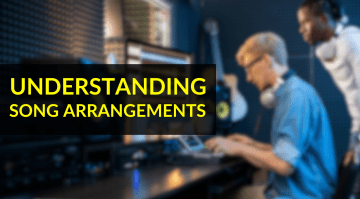Understanding Song Arrangements: What do they Mean?
We all love listening to our favourite tracks. But do you know what’s going on behind the scenes? Understanding song arrangements will give you a much better idea of how to write music, but will also give you something to think about while you’re jamming out. Let’s look at what they mean…
Understanding Song Arrangements: What do they Mean?
There are some key areas we need to look at when we want to understand song arrangments. By arrangement, we refer to the building blocks that create a composition. Any song that you listen to will have these mystical elements in them! Whether it’s Audioslave or Adele, you’ll find these key ingredients.
Intro
Firstly, we need an intro. Generally, western pop and rock music will use intros to start a song.
Guitarists will typically use a short repetitive riff to introduce the song across the opening bars. Alternatively, you could come straight in with the chord progression that features in the song. Regardless of the instrument, an intro sets the foundations for the composition.
Take a listen to these iconic intros! We’ve got some different instruments, but they all use the same ideas. Short, repetitive patterns.
Verse
For understanding song arrangments, we should know that a verse comes after the intro. Moreover, a verse sits between the intro and the chorus.
This is the part of the song that features the main set of lyrics to convey a message or story. Verses are a crucial element of any song, as they repeat throughout.
Across most verses, you’d have one set of chords with an accompanying vocal melody. However, a song may have multiple verses where the lyrics change in each. This power-pop 70s number by Cheap Trick features a verse that repeats twice both before and after the chorus:
You are currently viewing a placeholder content from YouTube. To access the actual content, click the button below. Please note that doing so will share data with third-party providers.
Chorus
Our next step to understanding song arrangments is our chorus section. This is the climax of most songs.
Melodically, a chorus features a new set of chords and vocal melodies. Dynamically, this is usually louder than the verse to provide emphasis. As a listener, we can usually tell when the chorus is about to start thanks to a drum fill or extra hook. From the legendary album 5150, Van Halen‘s Dreams has a short drum fill before a new set of chords. Signifying a chorus.
Furthermore, another trademark example of a chorus is to feature the title of the song. We can see this in the song arrangement of You Ain’t Seen Nothing Yet:
Bridge – Understanding Song Arrangements
Now, this is where things start to change! Don’t worry though, it’ll still sound awesome.
The bridge is a contrasting section of a song that prepares for the return of the verse or chorus. How can we tell this apart when understanding song arrangements? Bridges will have a completely different set of chords from the rest of the song, sometimes the bridge may even be in a different key. A bridge is important as it ultimately provides a focus for the returning chorus section.
Take a look at these examples in well-known songs, we can clearly hear the change.
- Crazy Train – Ozzy Osbourne
- I Bet You Look Good On The Dancefloor – Arctic Monkeys
- Ironic – Alanis Morissette
Outro
Finally, we must conclude our list of understanding song arrangements by looking at outros.
An outro is the ending of a composition. There are many ways of ending a song. After all, we’ve had a killer intro, meaningful verses, a memorable chorus section and a contrasting bridge. So, how can we make the most of this outro?
Sometimes a song will simply fade out in the final chorus, whereby the overall mix gets quieter. Moreover, you may also find a strong ending where a song ends on either beats 4 or 1 of a concluding bar. Ending at the end of the bar is easier for live use as it doesn’t require any studio techniques. Take a look at these two endings:
Fade:
You are currently viewing a placeholder content from YouTube. To access the actual content, click the button below. Please note that doing so will share data with third-party providers.
Strong Ending:
You are currently viewing a placeholder content from YouTube. To access the actual content, click the button below. Please note that doing so will share data with third-party providers.
Understanding Song Arrangments: Making it work for you?
Great! We’ve looked at the basic structures of a song. When you come to making your own music, you should have a clearer understanding of song arrangments. A well-executed intro, for example, is what will entice your listener! Whereas, a catchy chorus will no doubt leave people humming your tune all day long.
If you’re looking at writing your own music, you’ll probably need some manuscript paper. Oh look, here’s just the thing! Along with this sturdy music stand, allowing you to see and read your new masterpiece…




Further Information:
Videos:
You are currently viewing a placeholder content from YouTube. To access the actual content, click the button below. Please note that doing so will share data with third-party providers.
You are currently viewing a placeholder content from YouTube. To access the actual content, click the button below. Please note that doing so will share data with third-party providers.
*Note: This post contains affiliate links and/or widgets. When you buy a product via our affiliate partner, we receive a small commission that helps support what we do. Don’t worry, you pay the same price. Thanks for your support!
One response to “Understanding Song Arrangements: What do they Mean?”
 4,3 / 5,0 |
4,3 / 5,0 | 









In my country in music university arangement is difrent thing. That might just be translation error but what you are talking about is song structure or „form” in jazz language. The modulations of key are the part of composition not arangement. In composition you typicaly alredy have chord progresions. In arangement you are working with instrumentation, voiceing of chords (inverions, chords upper stuctures, deciding what is the highest and lowest note in chords to for counterpoints etc.) what instrument play what chord tone if working with sections of bows, trumpets etc. to make parts as easy as posible to play. If the harmonic content should use more counterpoints to sound more clasical or les for more jazzy feel. Are there gona be alot of unisono with bass for rock harmonic feel. Also what type of rythmic feeling if not mentioned on sheet music it is (swing, straight etc.). I feel what you are talking about is a comon internet misconception created by rapers and Electronic music producers. Sort of Duning Kruger global syndrome.